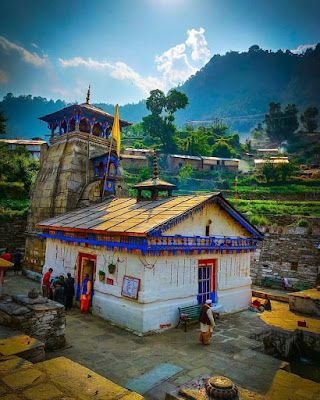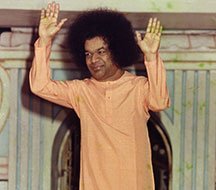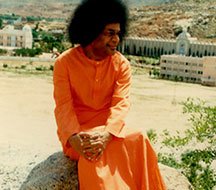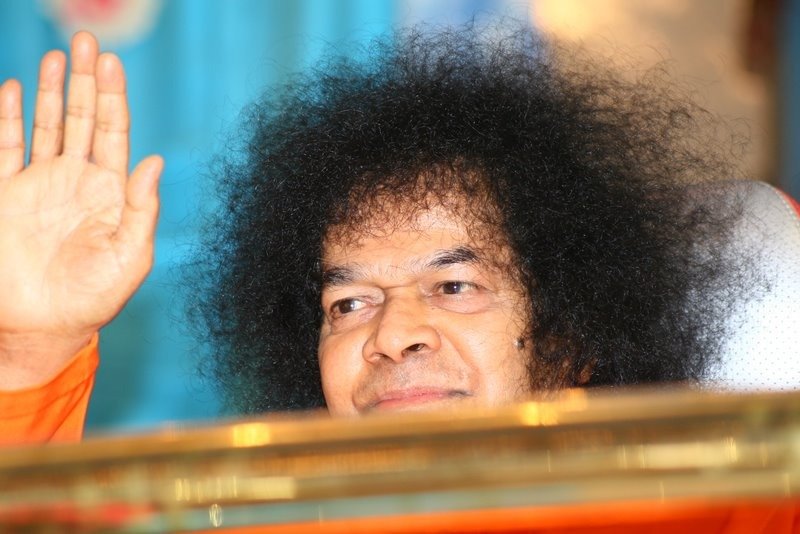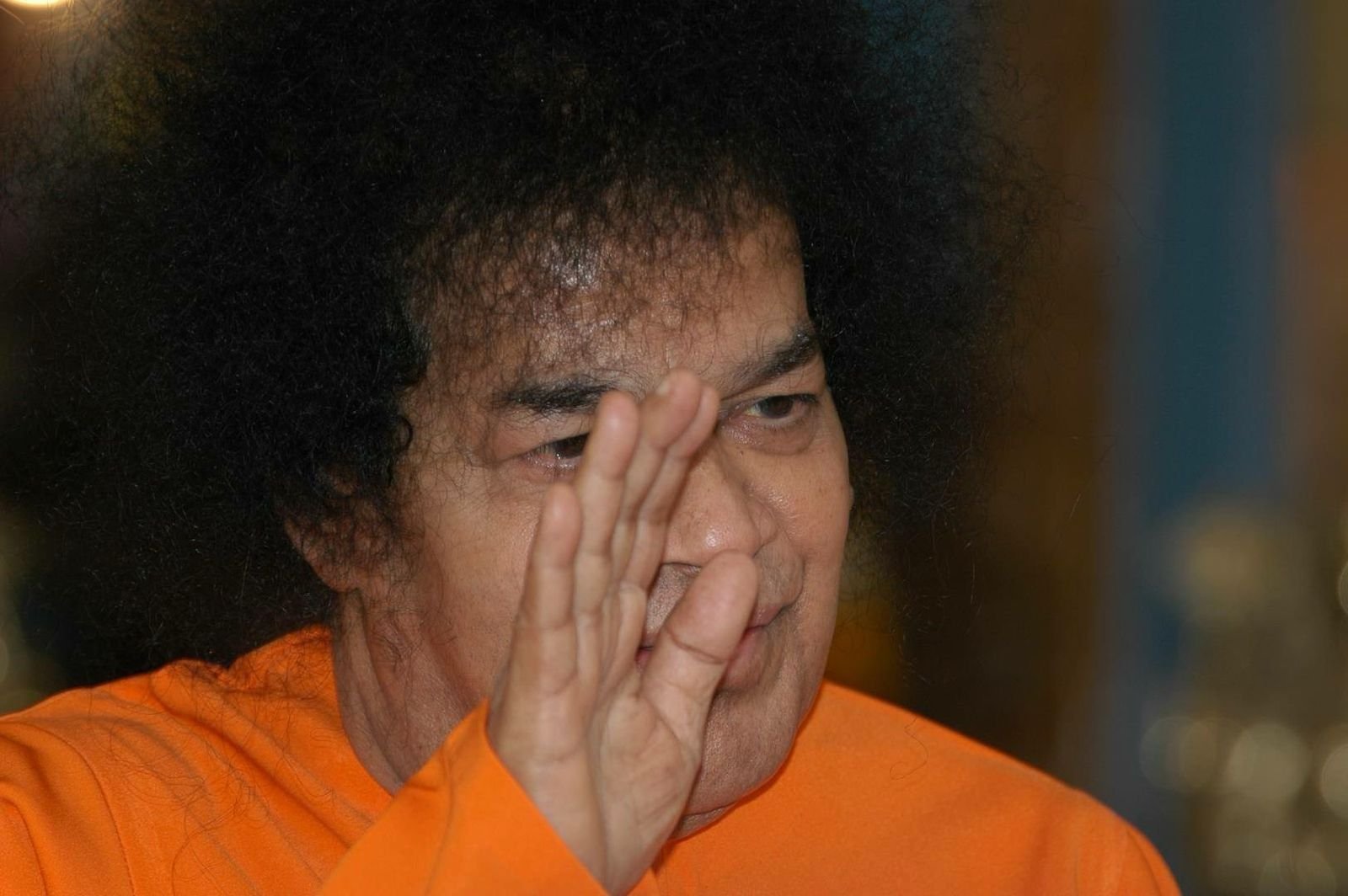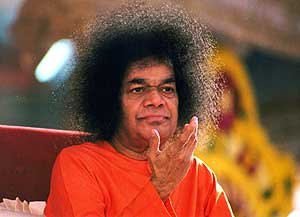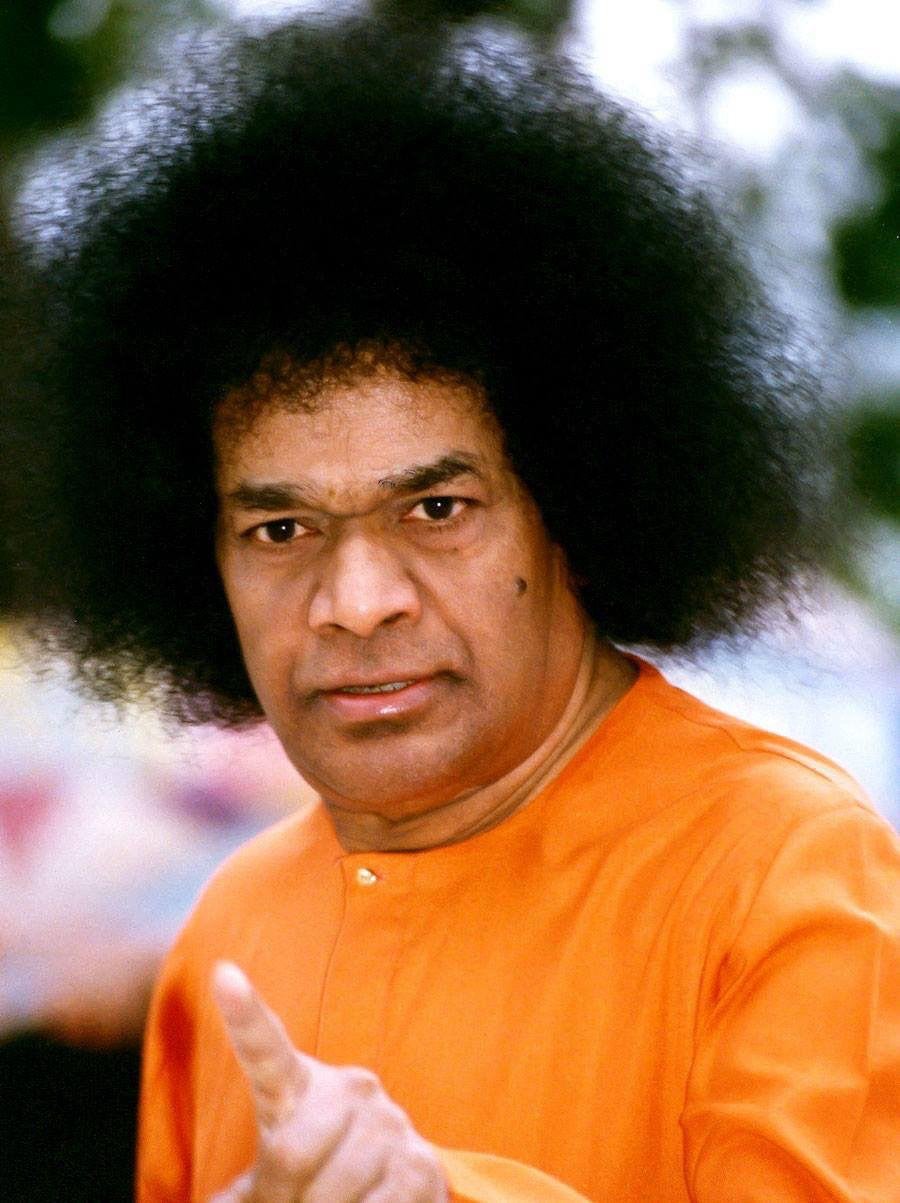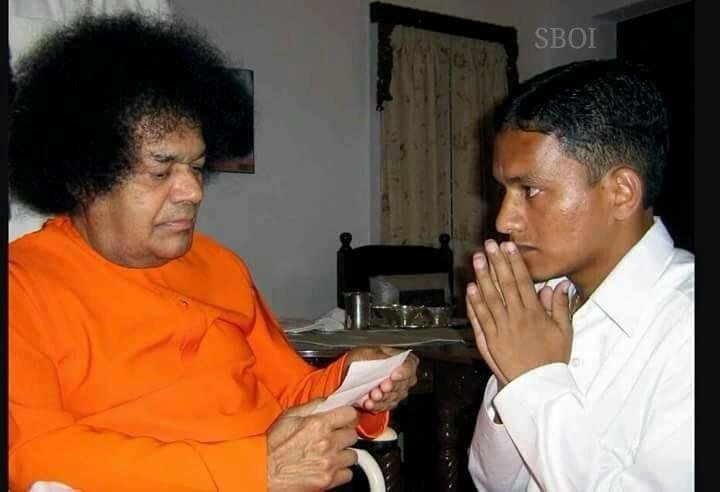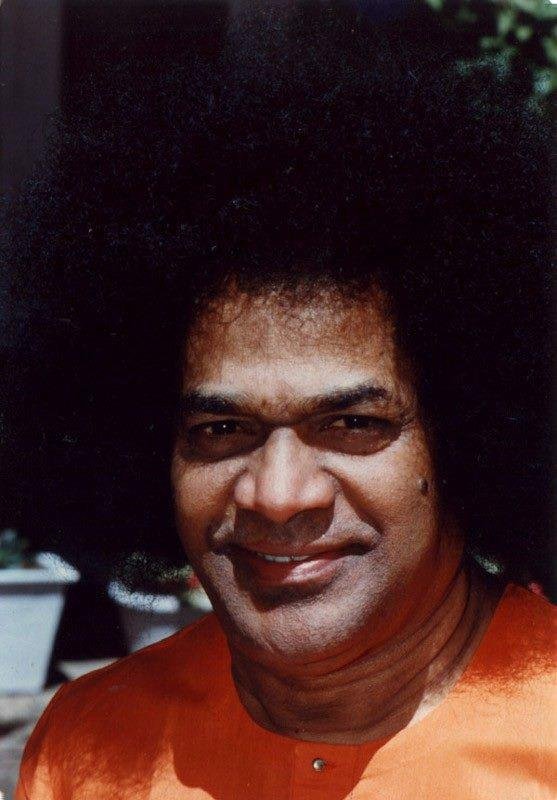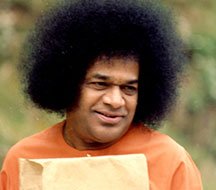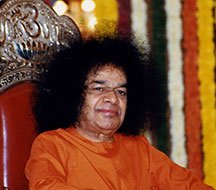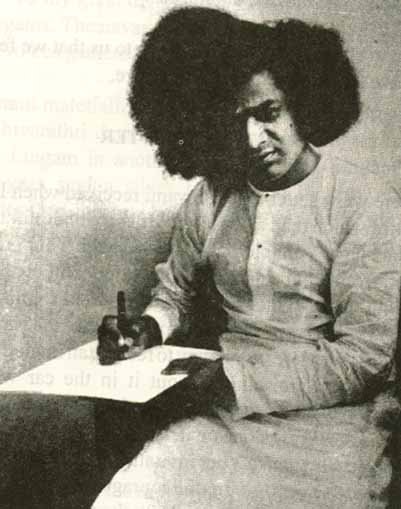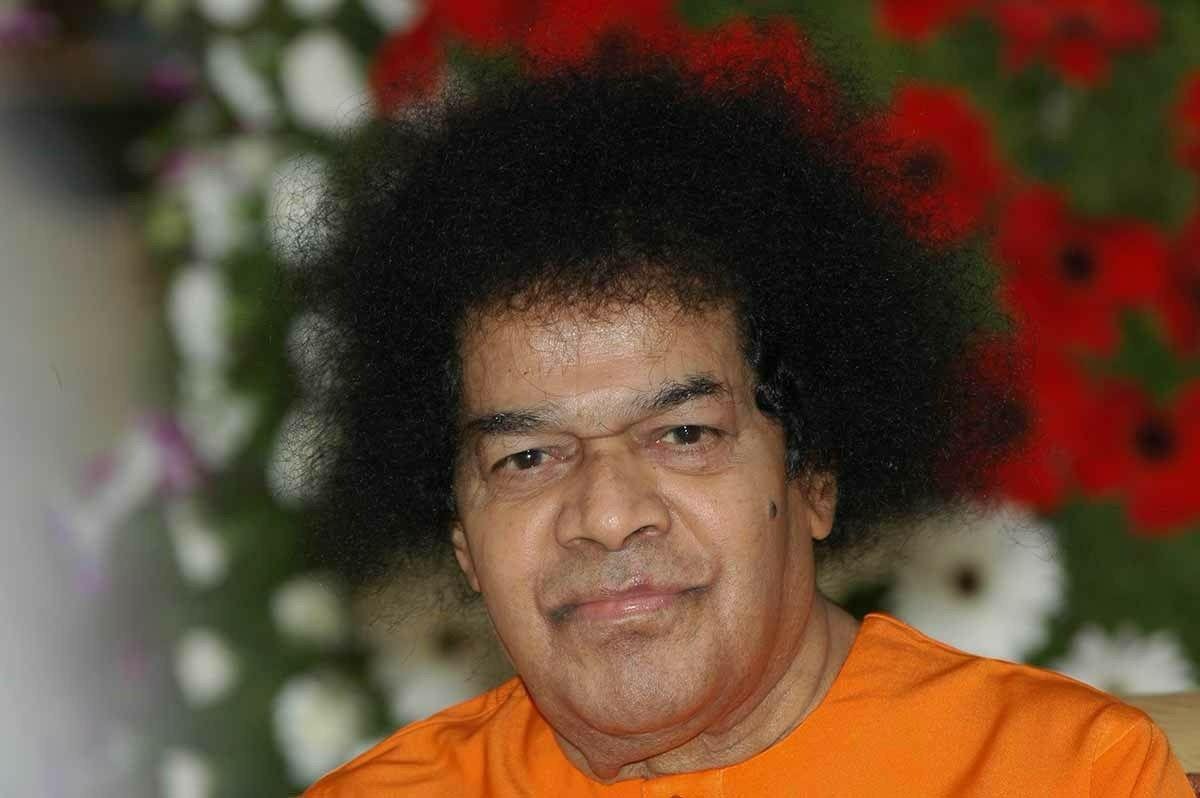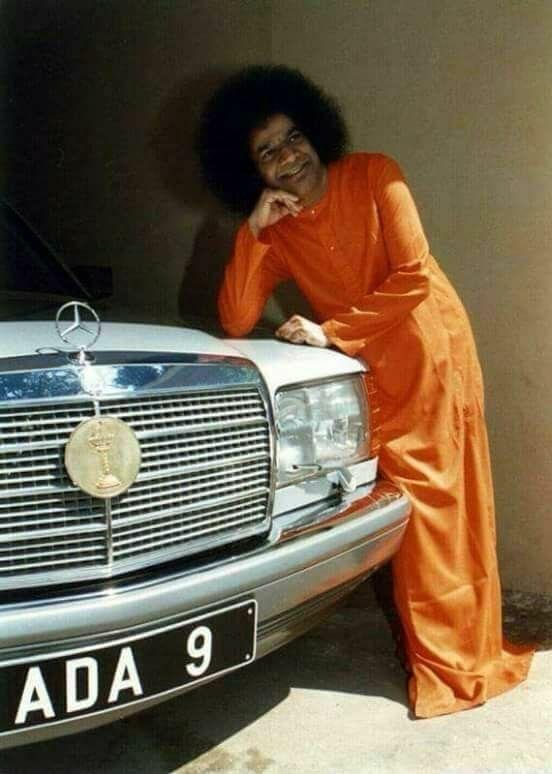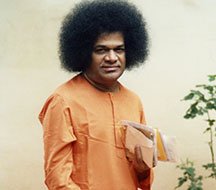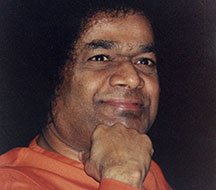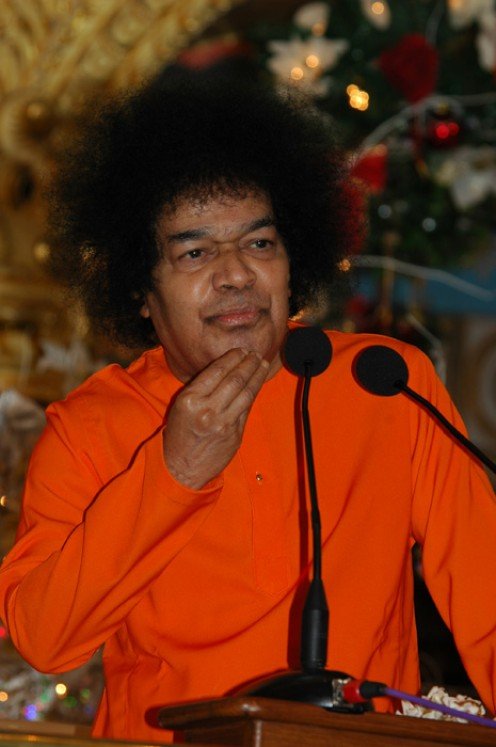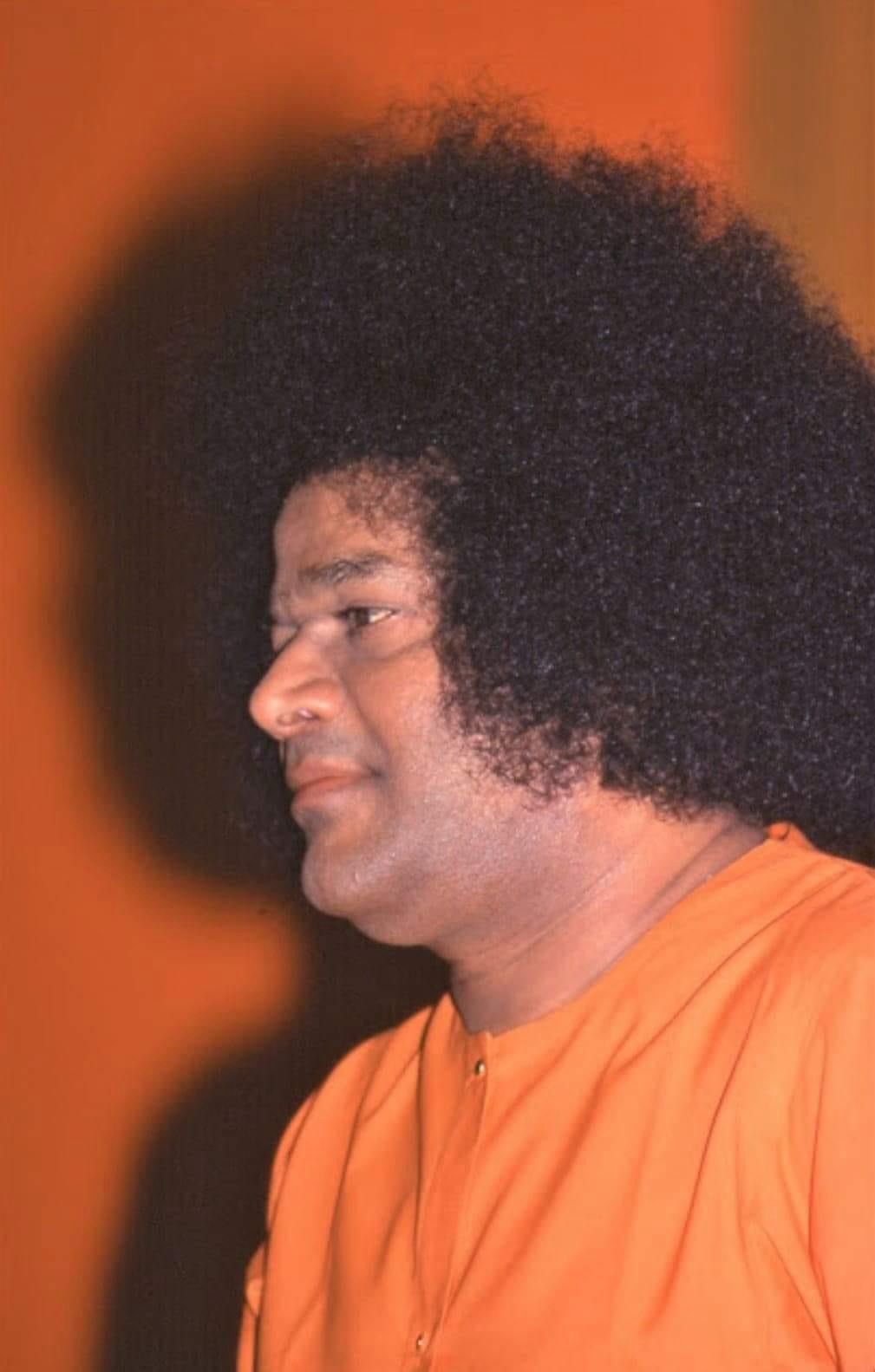
A sacred eternal flame (called Akhand Dhuni) burns in front of the temple and is believed to have been lit during the wedding yajna of Shiva and Parvati, and it has never been extinguished since.



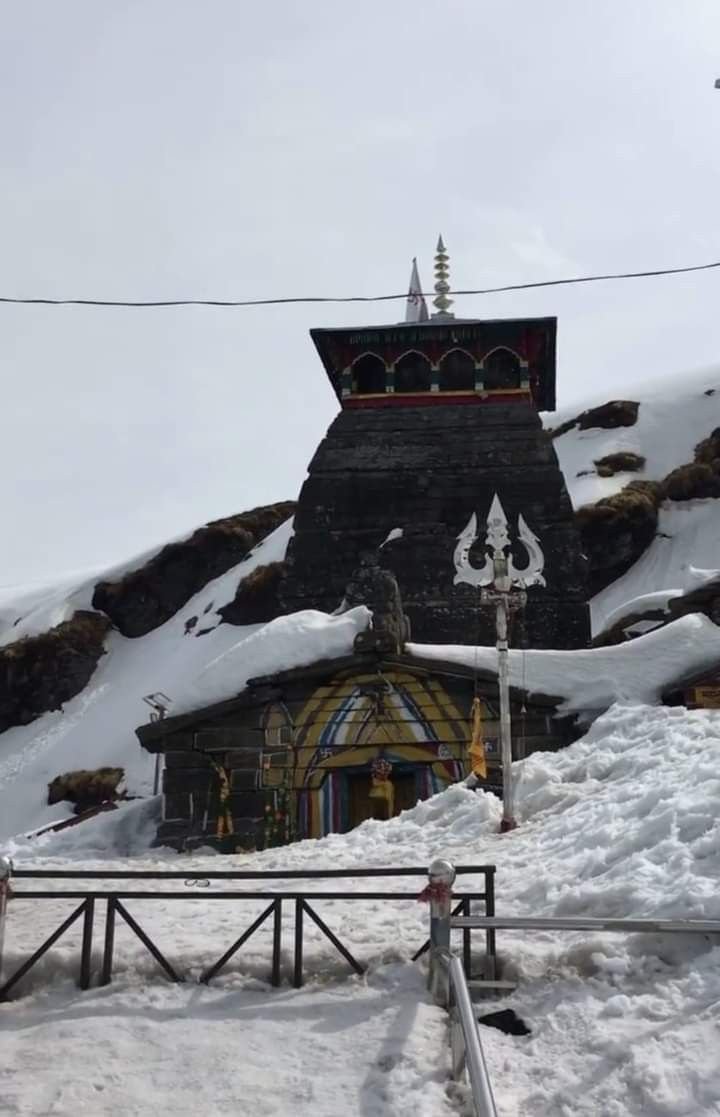


Architecture of the Temple

The temple architecture closely resembles that of the Kedarnath Temple, following the Katyuri and North Indian Nagara style.
Constructed using large grey stone slabs, the temple has a pyramidal shikhara (spire).
The inner sanctum (garbhagriha) enshrines an idol of Lord Vishnu, flanked by statues of Lakshmi and Saraswati.
In front of the temple lies the eternal fire pit (Akhand Dhuni) and the Vivah Mandap, marked by sacred stone altars. includes ancillary shrines, drum houses, and sacred peepal trees. and rituals.
How to Reach to Temple
📍 Location:
Triyuginarayan Village, Rudraprayag District, Uttarakhand – 246471
(Located at an altitude of 1,980 meters)
🚗 By Road:
- From Rudraprayag: ~65 km
- From Kedarnath base (Gaurikund): ~12 km
- From Dehradun: ~240 km
Well-connected by road. The final approach is through narrow hilly roads, best done by taxi or private vehicle.
🚂 By Train:
- Nearest Railway Station: Rishikesh (~210 km)
✈️ By Air:
- Nearest Airport: Jolly Grant Airport, Dehradun (~225 km)
- Taxis available from the airport
🥾 By Trek:
An optional 5–6 km scenic trek is available from Sonprayag or Gaurikund, often taken by adventure pilgrims. (~200 km)
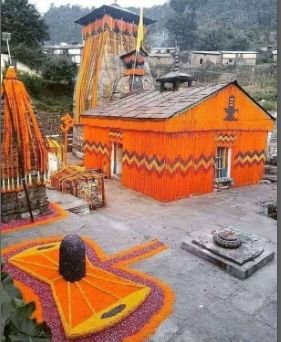
Temple Timings
